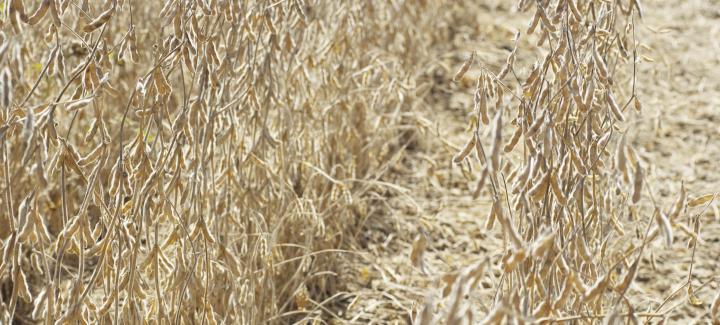
Harvest is wrapping up around the country, which means planning for planting season is upon us. Fall brings the opportunity to prepare your soil for the next rotation of crops. And for some areas that experienced prevent planting or for growers who are ready to turn their fallow ground back into profitable acres, you can accomplish plenty in the next month or two before a hard winter’s freeze sets in. Over the next few weeks, we’ll discuss various recommendations for prepping your fields this fall. Here’s a sneak peek of the topics we’ll explore in greater detail over the coming weeks.
Soil Sampling
Fall is a great time for soil sampling. Large crop yields equate to higher nutrient removal come harvest, so it’s likely your soil is lacking nutrients that will be beneficial for crop vitality next year. A standard soil sample measures available nutrients and soil pH, and understanding the results is important to discovering how to tend to your fields. In the next issue of Stine Weekly, we’ll explore what nutrients standard soil sample tests detect and other sample tests you may need this fall based on your last crop and the history of your field. We’ll also walk through our recommendations to achieve optimal results with your soil sample testing.
Fall Fertility Applications
If soil sampling results indicate your soil is lacking appropriate nutrients, timely fall fertilizer applications can help recover any nutrient losses. For this topic, we’ll discuss what nutrients can be applied in the fall, such as nitrogen, elemental sulfur, phosphorus and potassium, and how the weather can impact how and when you apply these nutrients. We’ll also explore the value each nutrient plays in plant health and growth processes, and what growers who are transitioning their fallow acres will need to consider for their fertility plan.
Fall Herbicide Applications
Weeds such as Palmer amaranth and waterhemp are highly prolific and aggressive, and some weeds like marestail are able to overwinter in the soil as massive seedbanks. Weed control is a must year-round, and growers can benefit from fall herbicide applications to help control the seedbanks before they become problematic for next year. This is especially important in fallow fields where weeds didn’t have competition from a crop. We’ll discuss how fall herbicide applications can help eliminate weed seedbanks and maximize effectiveness of your weed control program going into next year.
Tillage
If crop rotation and appropriate management practices are in place, growers can likely go without tillage. However, for those who plan to take a tillage pass this fall, it’s important to factor in the weather forecast and other elements before hitting the field. We’ll walk you through the advantages of fall tillage and tips to avoid compaction. And, for growers who are transitioning their fallow acres in 2021, we’ll explore why they may need a fall tillage pass on those acres.
Stay tuned for Part 2 of this series next week, where we’ll focus on soil testing and tillage. If you have any questions about preparing your fields this fall in the meantime, please don’t hesitate to contact your local Stine sales rep for assistance.
Related Articles
-

Stine® to offer Syngenta’s Victrato® soybean seed treatment in 2026
December 2025 in Agronomy
-

Use Stine’s XP® seed treatments to prevent early injury to your crops
December 2025 in Agronomy
-

Understanding Stine’s enhanced oil profile soybeans
December 2025 in Agronomy
-

Soil sampling sets the stage for spring
November 2025 in Agronomy



